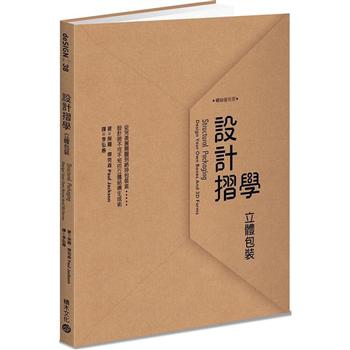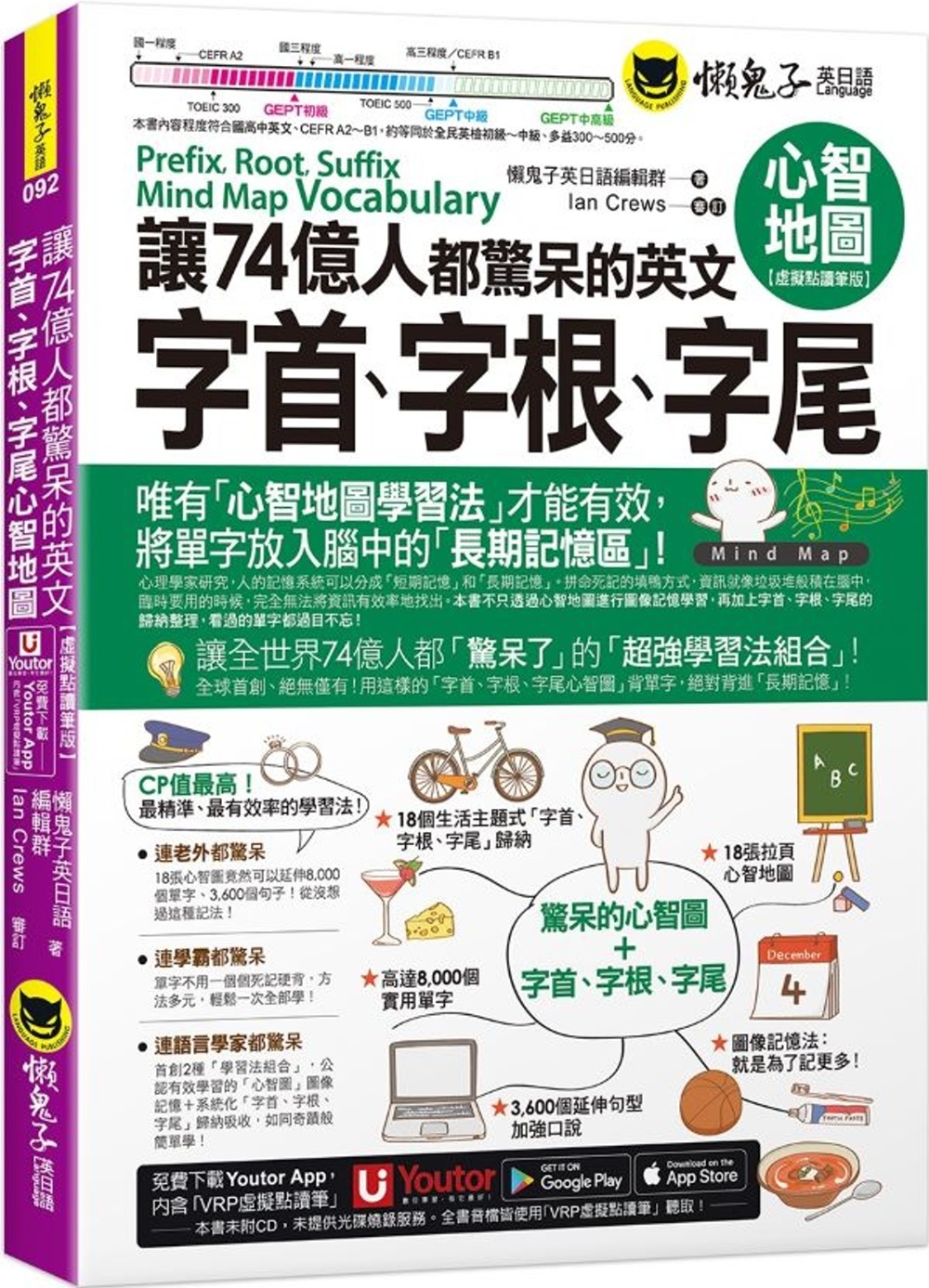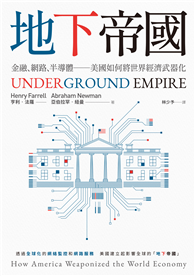Maritime archaeology has become a burgeoning discipline with well-established post-graduate university programs providing specialized training for conducting scientific archaeology underwater, and with sufficient knowledge of world commerce, industrial history, and specific regional histories to enable their graduates to ask meaningful questions and to formulate research designs to answer those questions. Meanwhile, individual States and the Federal government have enacted legislation to protect maritime cultural resources, and their agencies, as well as cultural resource management firms, have employed trained maritime archaeologists to manage those resources.
This volume documents the slow progression of this professionalization with a focus on California. It presents the personal narratives of six California wreck divers, two of whose exposure to the underwater world began during World War II, and five cultural resource professionals including both the first California State Underwater Archaeologist and his Federal counterpart, together with the perspective of a Native American poet, all of whom were linked by having touched the brig Frolic and its cargo of China trade goods, bound from Canton, China to Gold Rush San Francisco but lost on California’s Mendocino County coast in the summer of 1850.
These narratives are joined by a history of California maritime archaeology by James Delgado who has known and interacted with most of the discipline’s practitioners for over 40 years. James Delgado and Thomas Layton are both past winners of the Society for Historical Archaeology’s James Deetz award for accessible writing.












